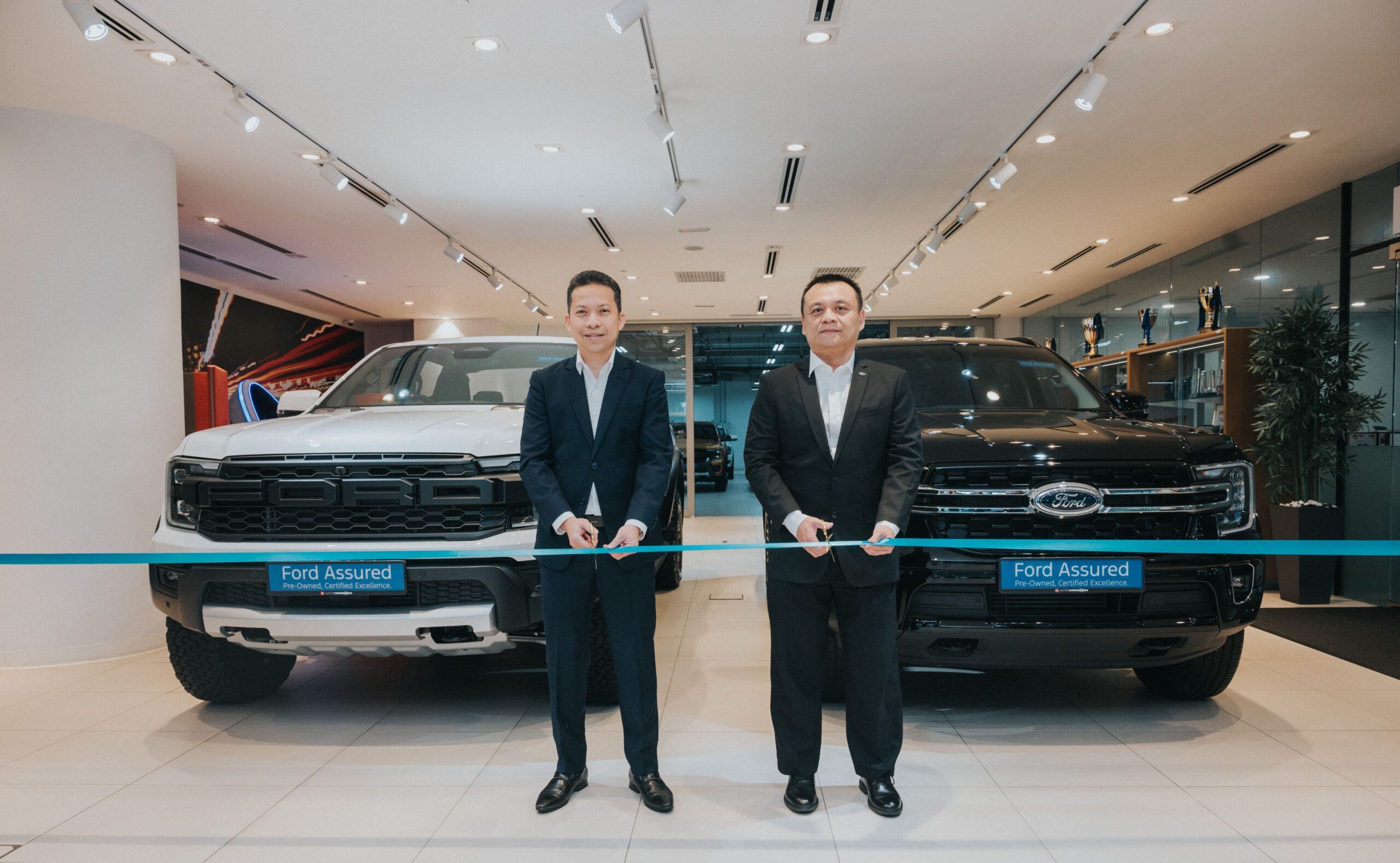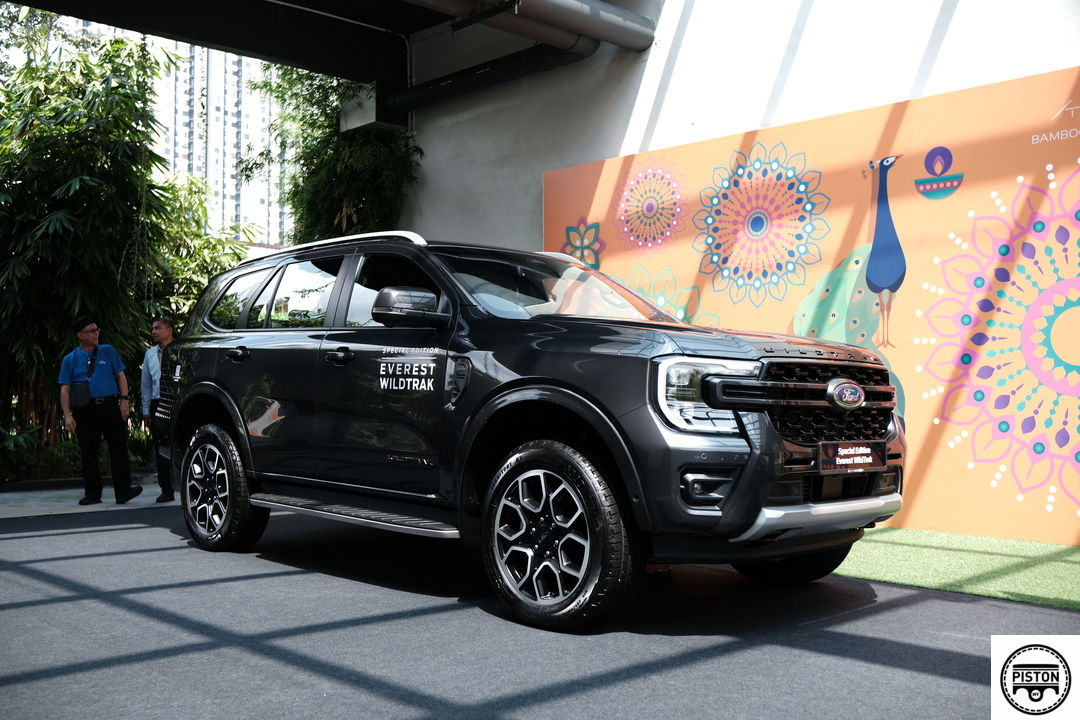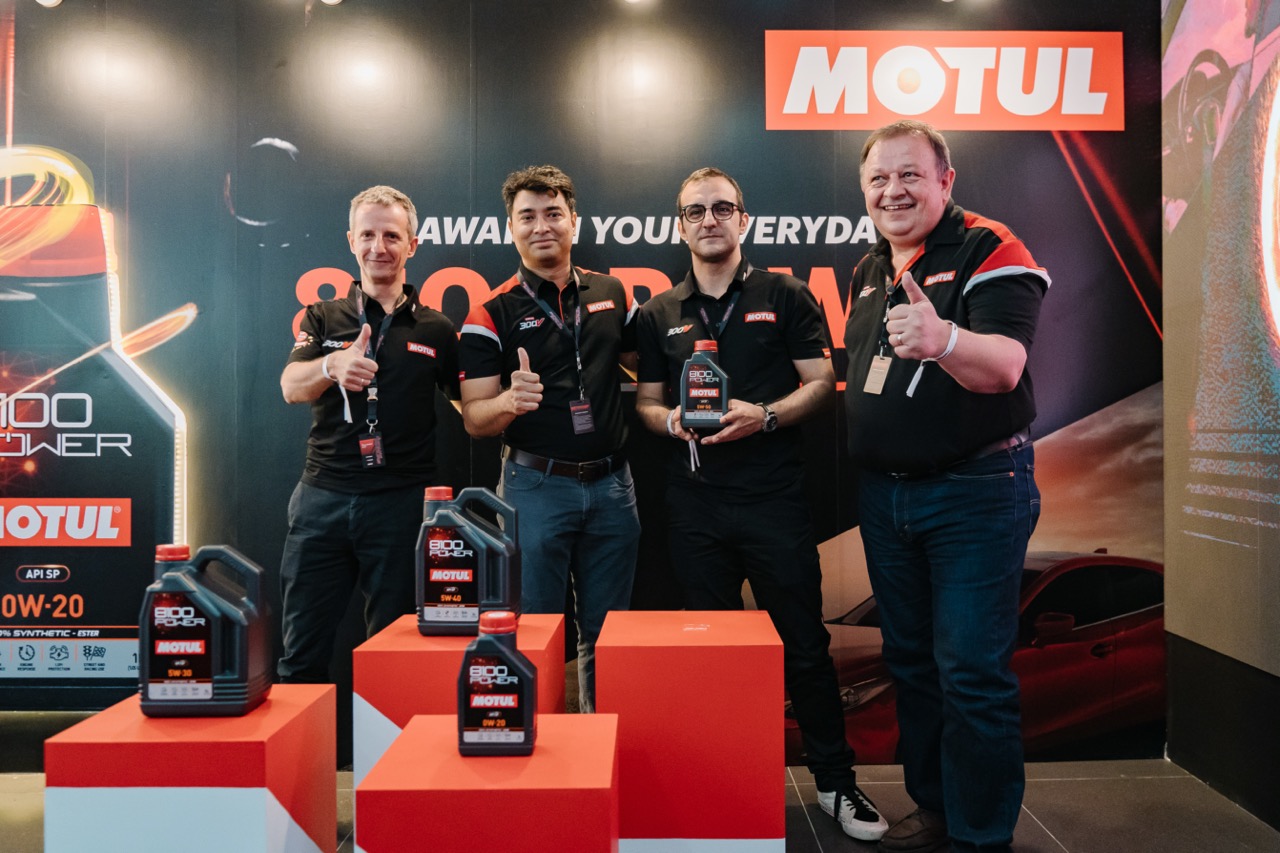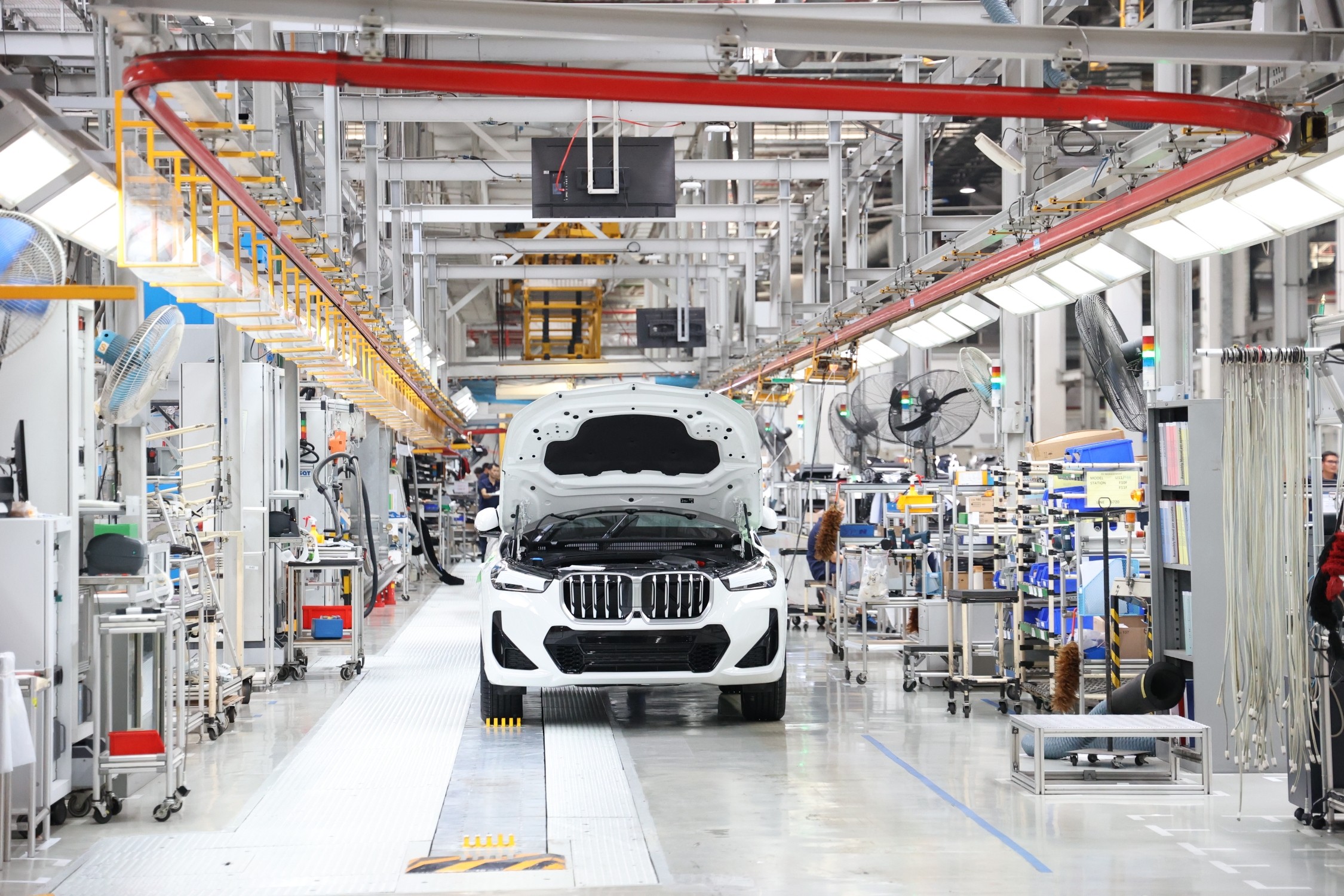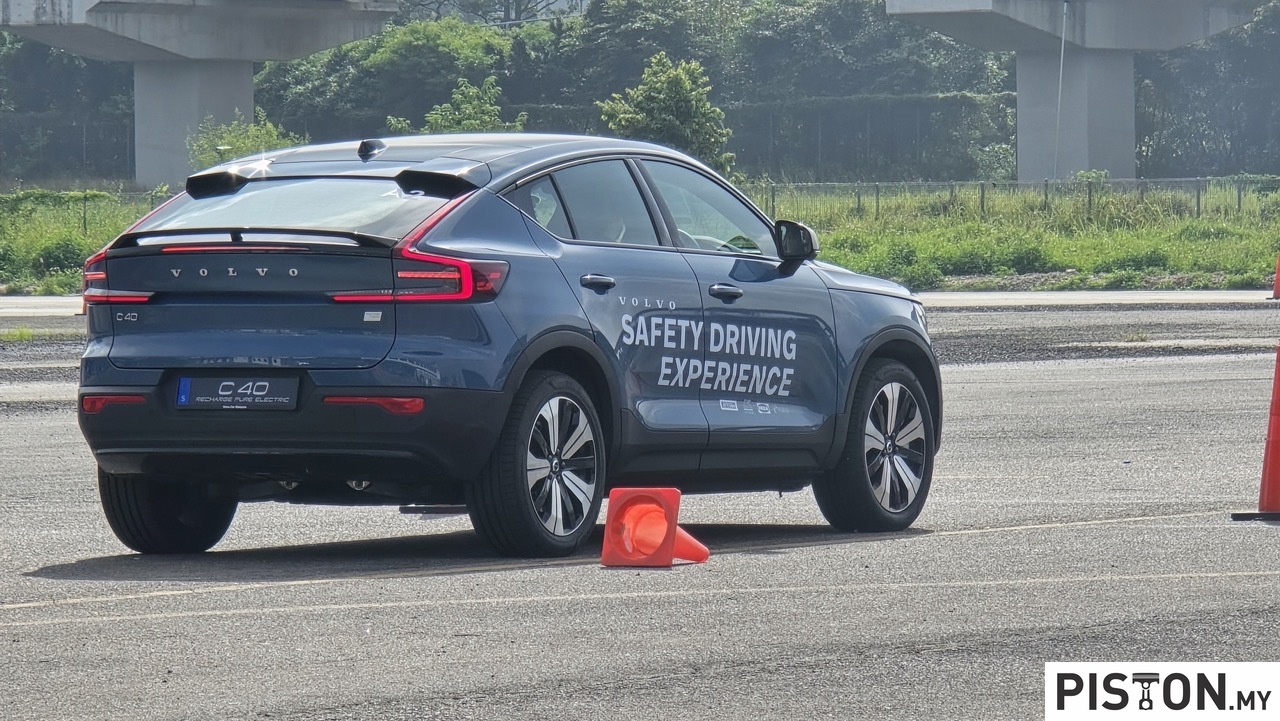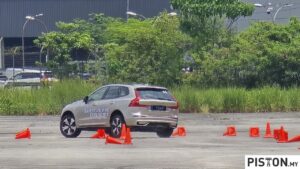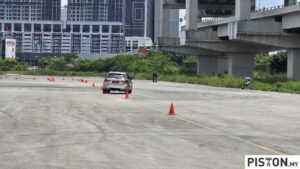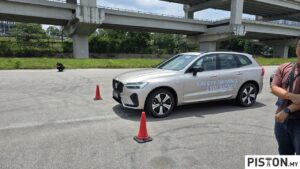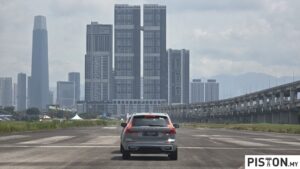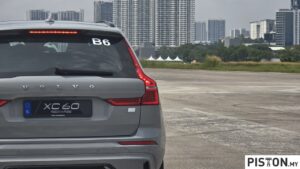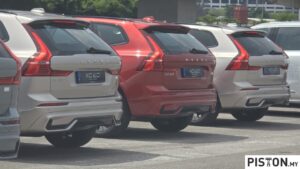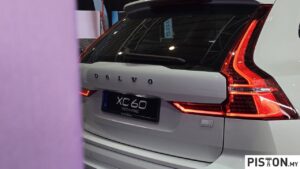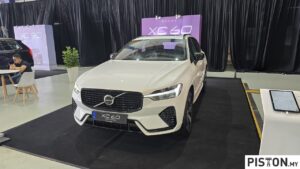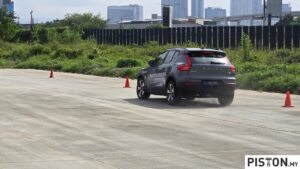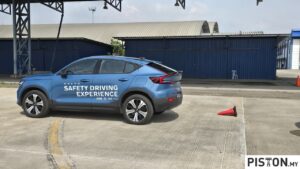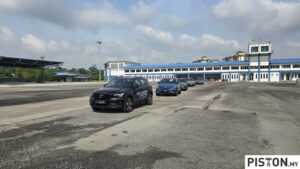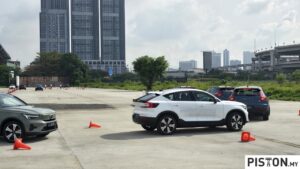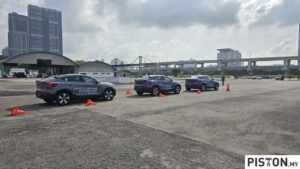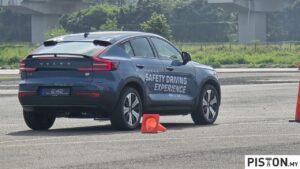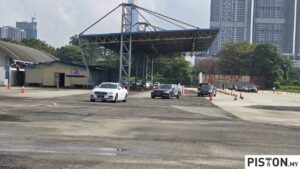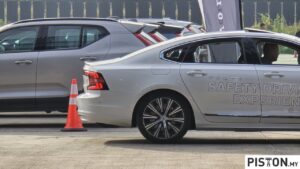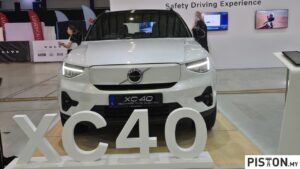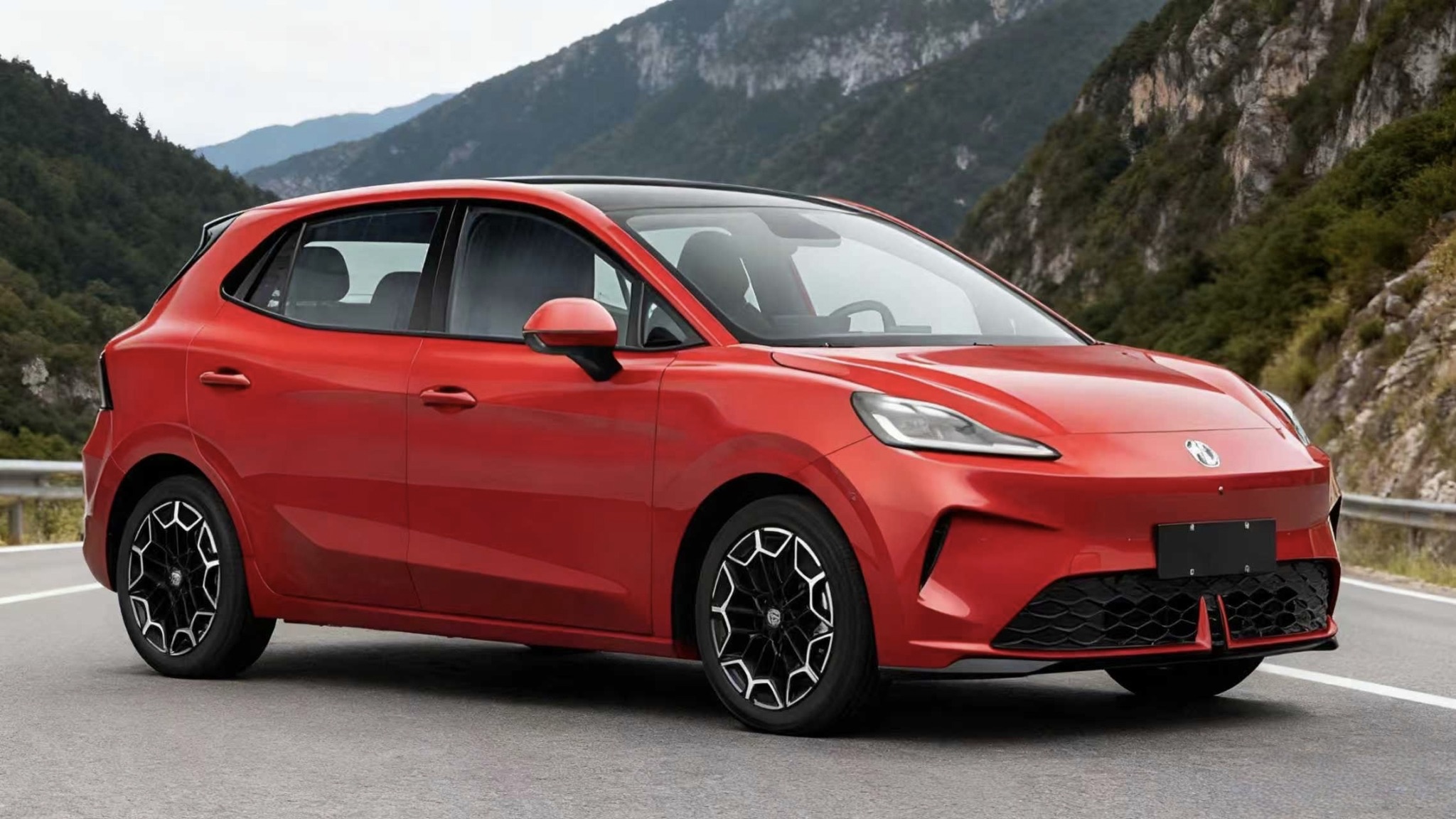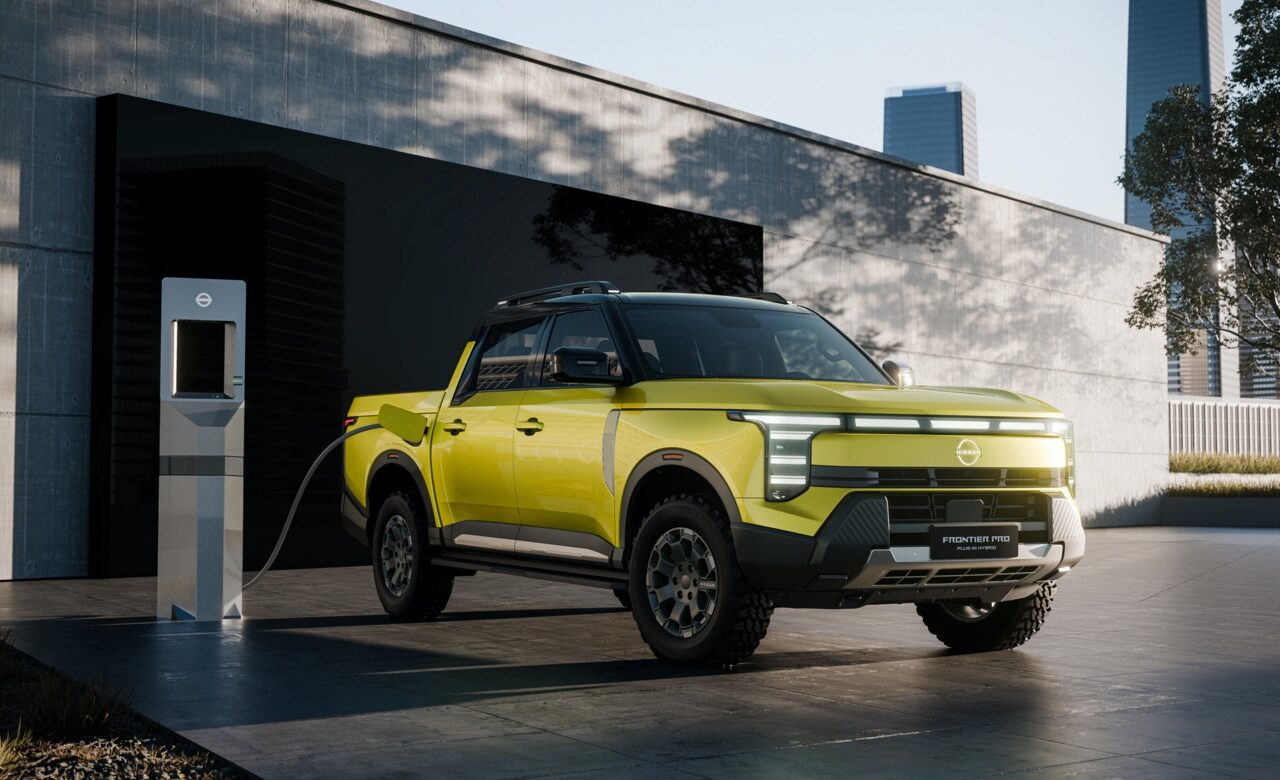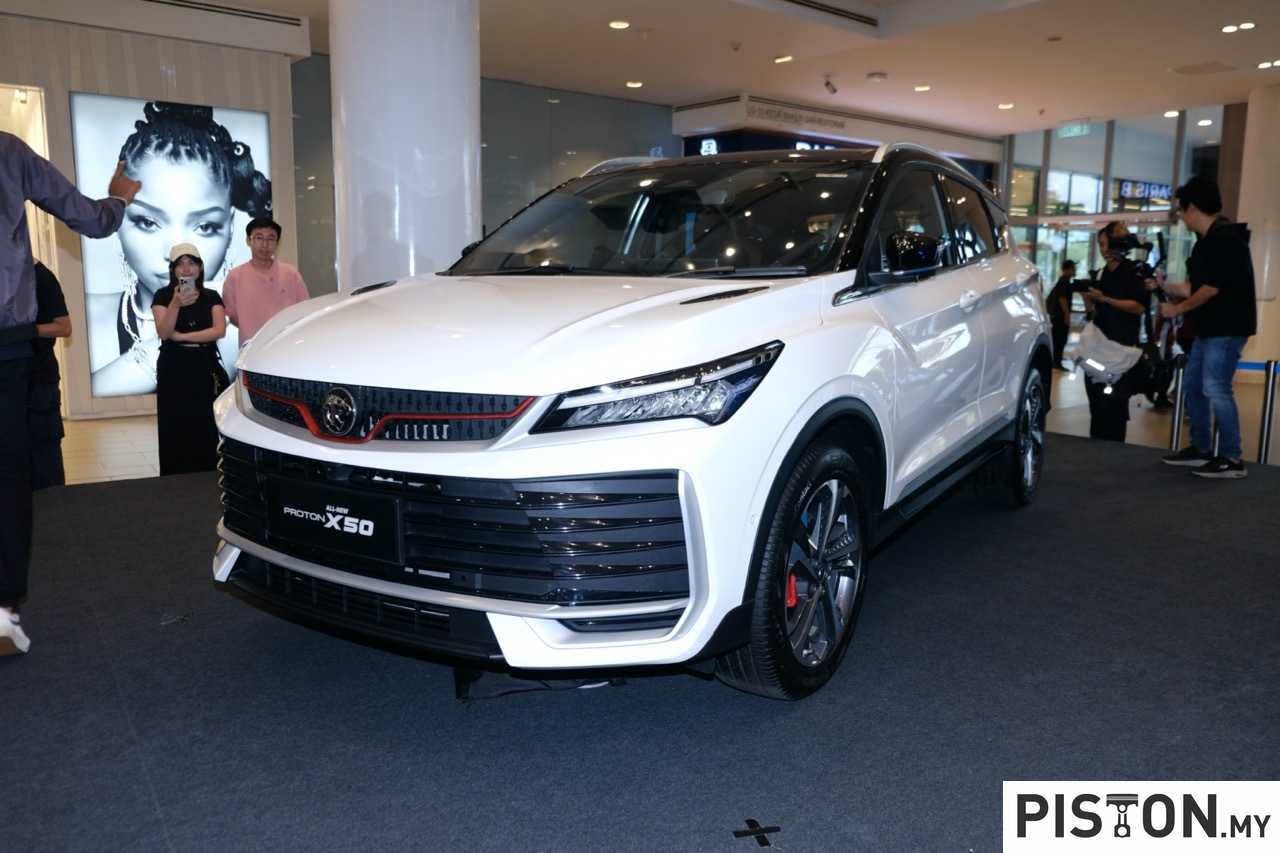Volvo Car Malaysia organised its first-ever Safety Driving Experience as part of its For Life campaign at KL Base, Sungai Besi – the country’s iconic first airstrip.
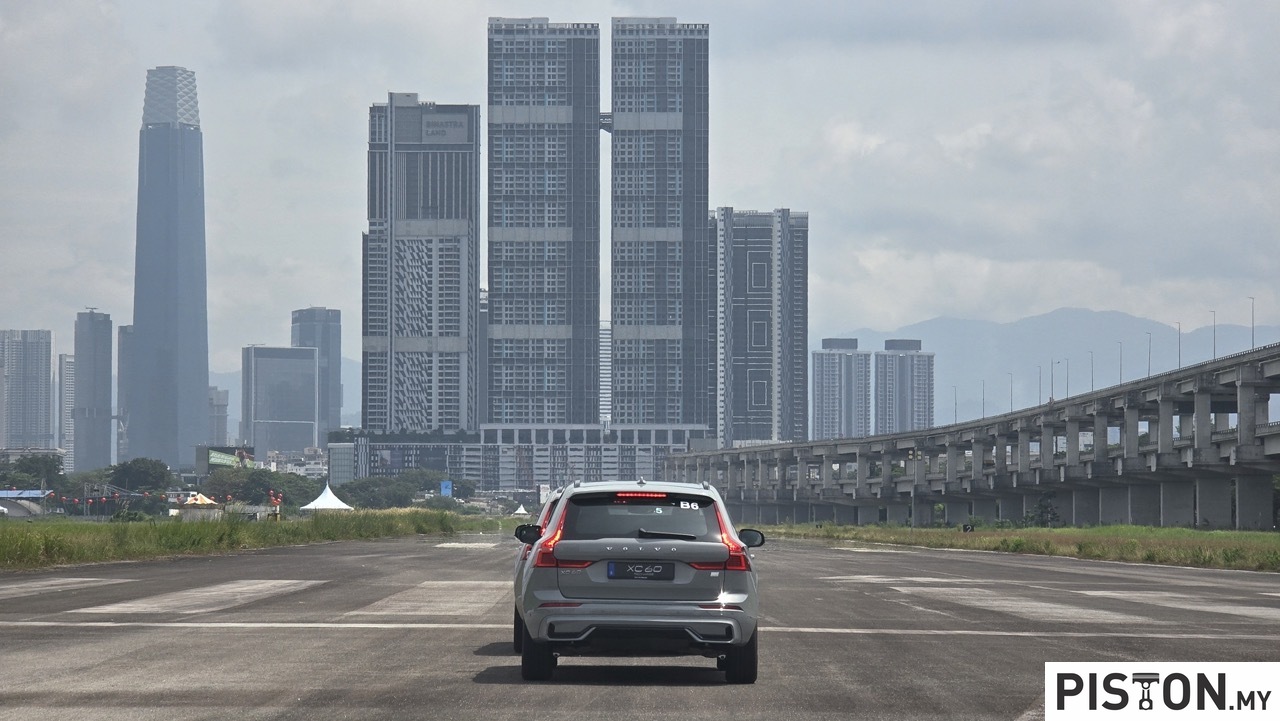
Over the first weekend of March, the event welcomed 240 participants, including Volvo owners and enthusiasts, who engaged in learning essential defensive driving skills. Exercises such as brake, steer, and avoid, along with quick-reaction lane changing, were conducted to enhance participants’ defensive driving capabilities.

Additionally, attendees had the opportunity to test the acceleration and handling of Volvo cars through a slalom course on the 1.8km-long runway. Volvo’s onboard safety technology, including cross-traffic alert and pilot assist, was featured between turns to showcase the brand’s commitment to safety.
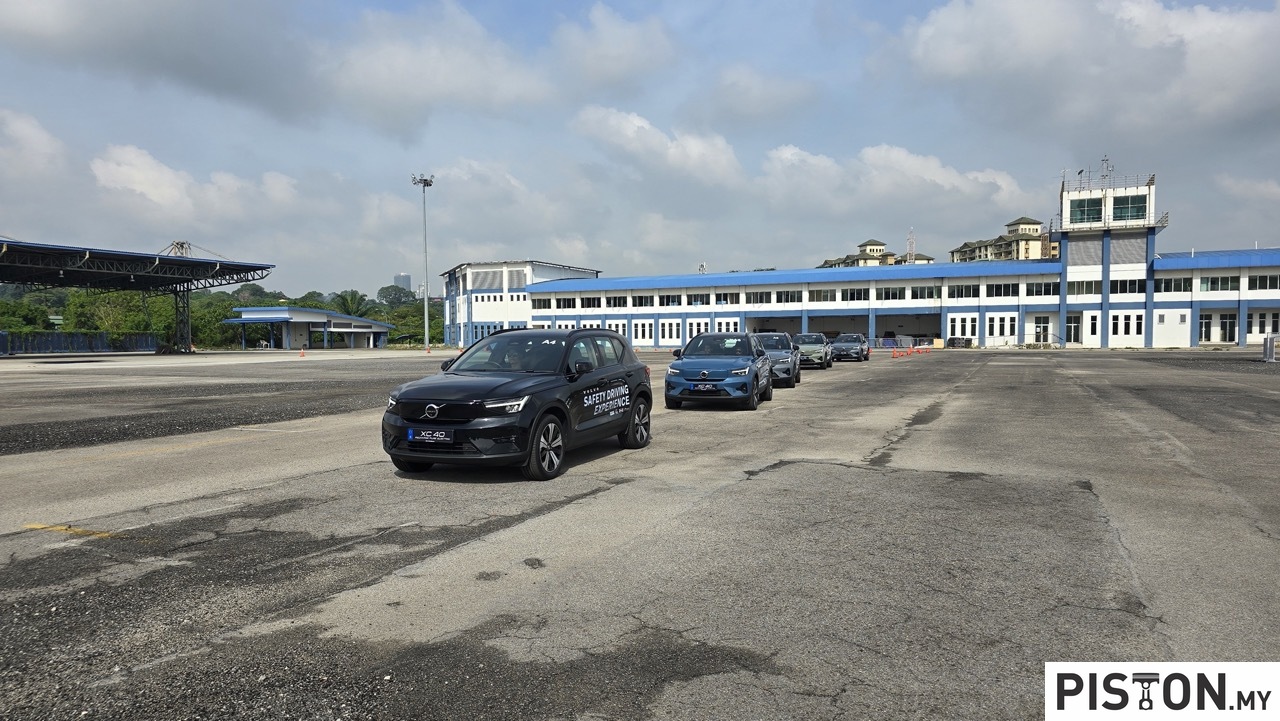
The event also presented Volvo’s entire range of fully electric and plug-in hybrid models, including SUVs like the Volvo XC90 and XC60, sedans such as the Volvo S90 and S60, the Volvo V60 estate, and the sub-compact Volvo XC40 offered with either a fully electric or mild hybrid powertrain.
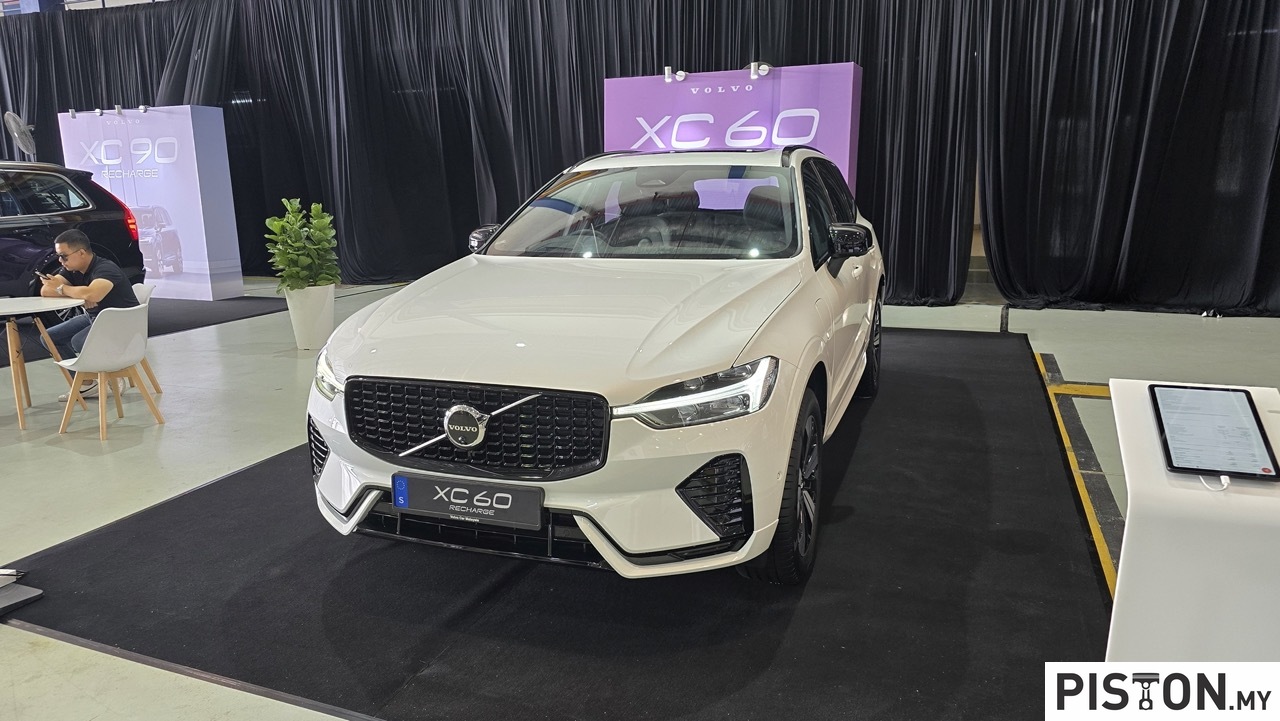
A standout feature of the display was the Volvo C40 Recharge Pure Electric crossover SUV, presented in a new Vapour Grey colourway option. Updated for model year 2024, the C40 Recharge boasts up to 550km in electric range, faster DC charging for a larger battery pack, and pixel headlight technology.
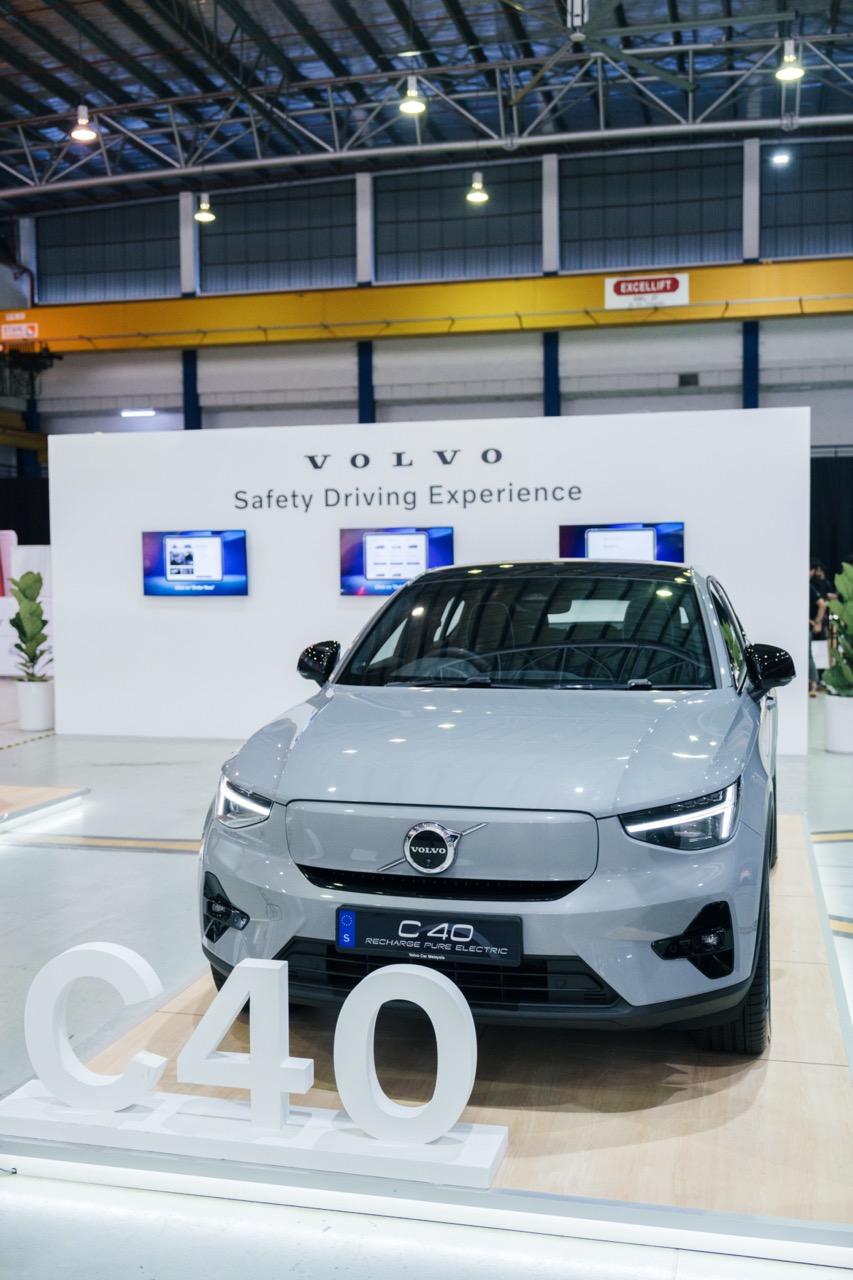
Patricia Yaw, Head of Marketing & PR of Volvo Car Malaysia, emphasised the significance of the Volvo Safety Driving Experience, stating, “When you feel safe, you can be truly free.” The event aimed to empower Volvo drivers with the necessary mindset and knowledge for road safety, equipping them with life-saving skills and confidence in Volvo cars equipped with advanced driver assistance systems and safety innovations.
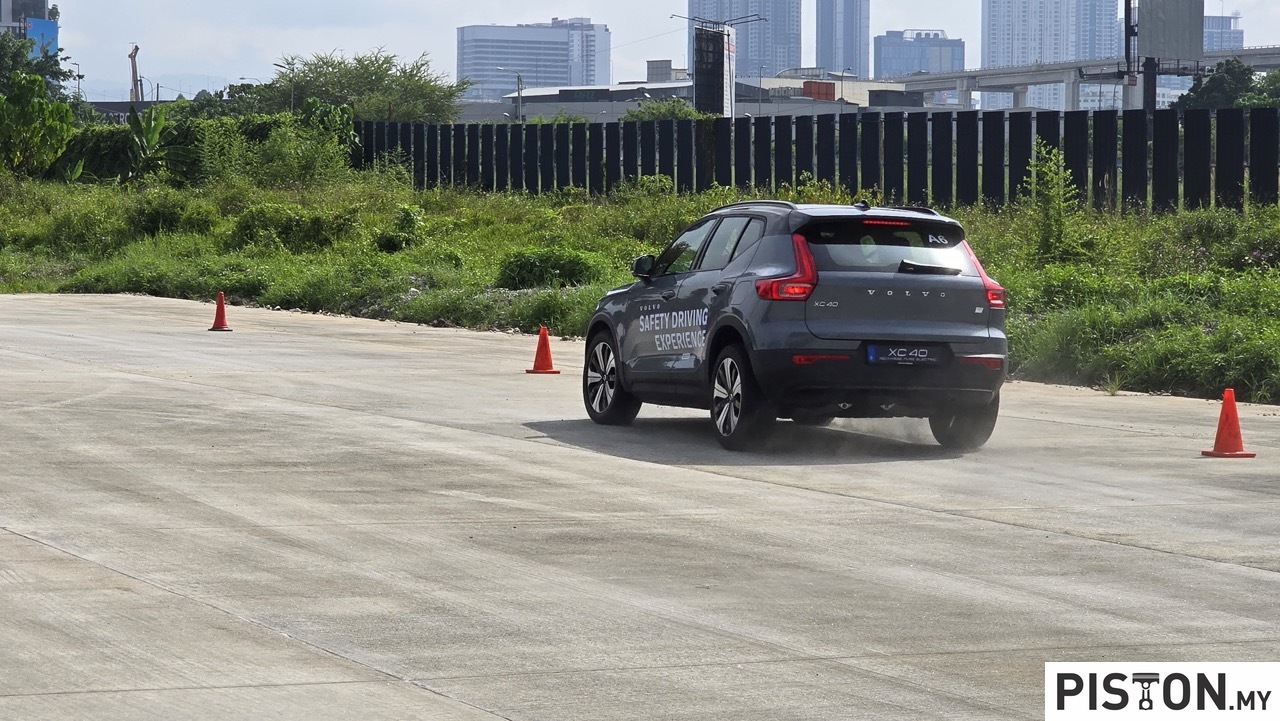
Key activities during the event included the “brake, swerve, avoid” exercise to build drivers’ confidence in handling unexpected obstacles on the road, as well as training reflexes for challenging situations like sudden lane changing without braking to avoid head-on collisions. Additionally, participants enjoyed experiencing the cars’ acceleration and handling on KL Base’s 1.8km-long runway, further enhancing their driving skills and confidence behind the wheel.

